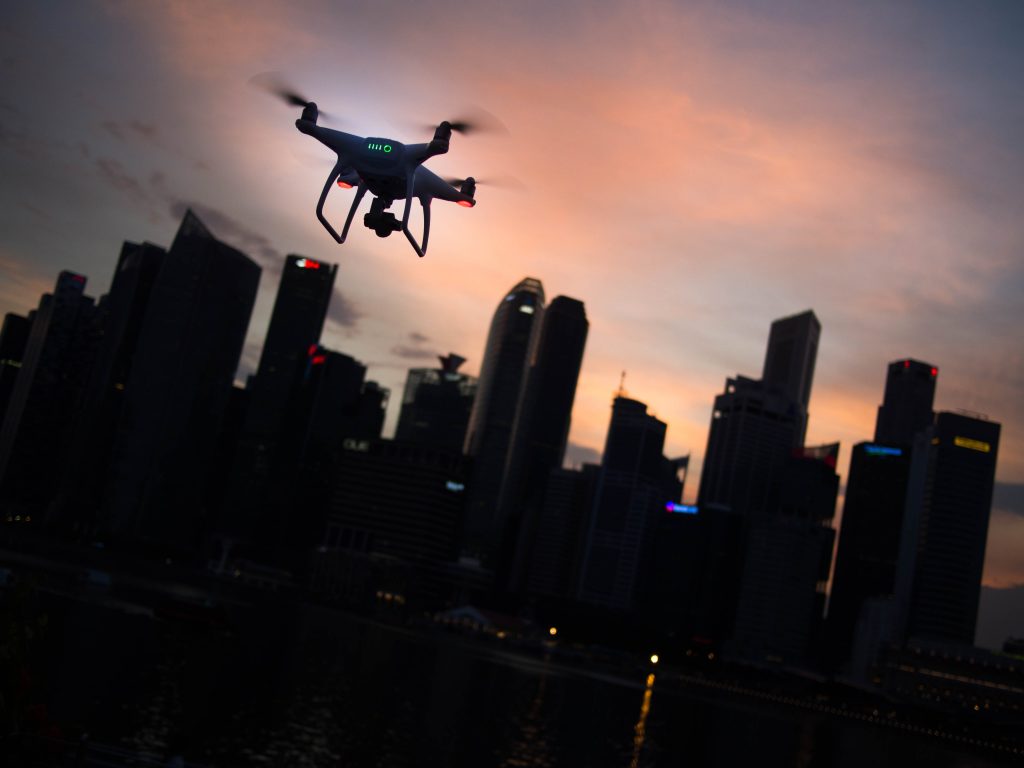As both China’s largest online retailer and biggest overall retailer, JD.com has always operated with the mission of connecting consumers directly to the global products they need. While it’s certainly true that the current COVID-19 global pandemic has made it difficult for people to maintain normalcy in their lives on a global scale, it hasn’t changed JD.com’s commitment to providing goods and services to more than a billion people via same and next-day delivery.
It is said that necessity is the mother of invention, and leaders at JD.com have taken that to heart thanks to its recently instituted non-contact delivery of daily necessities to Chinese consumers via drones. Not only that, but the retail giant is also using the same technology to offer protective measures and other essential items to several major cities across China.
JD.com’s Drone Deliveries: Breaking Things Down
Earlier in March, 2020, JD.com completed its first successful delivery via drone to a village in the Hebei province in China. In the past, all deliveries had to be made to the village via boat. When that route was temporarily suspended when the Coronavirus outbreak began, company leaders snapped into action and created this innovative, tech-driven alternative.
The drones in question dropped packages at a fixed point in the village, allowing customers to pick up their items without making any type of human-to-human contact. Not only did this protect the customers themselves, but it also went a long way towards guaranteeing that JD.com couriers would remain as safe as possible through these times.

Hang Ba, the head of the drone program at JD.com, indicated that the company had leveraged automation and other techniques to both improve efficiency and convenience during this critical last mile delivery process. The program has been so successful in the Hebei province that JD.com plans to launch similar drone-based solutions in many other cities, too.
The global pandemic is having an impact on JD.com’s delivery efforts in other ways, too. In addition to drones, the company has been regularly employing driverless delivery vehicles to transport medical supplies to a hospital in Wuhan, for example. Videos of the vehicle in action were quickly posted to Weibo – China’s popular social media platform – for all to see.
When using this type of non-contact delivery, all a customer needs to do is write down the place they want their deliveries to be dropped off at. It can be anywhere – like in front of a particular building or even at the front desk of their office. It’s gotten so popular so quickly that it’s a technique other companies are embracing, too.
All told, this is just another in a long line of examples of how JD.com has continued to do its part on a national basis since the COVID-19 outbreak began. In addition to allocating close to RMB 1 billion to the Chinese COVID-19 relief effort, it’s also transported over 30 million emergency medical supplies to hospitals and other organizations who desperately need them. It’s also delivered more than 120 million food items like rice, flour, noodles, milk and more – weighing in at over 160,000 tons.
As the biggest retailer in China, JD.com was in a unique position to provide immediate support through the logistics and technology infrastructures that were already in place. If anything, the company’s efforts are only going to ramp up as time goes on – much to the benefit of consumers across the country as the current COVID-19 situation drags on indefinitely.
